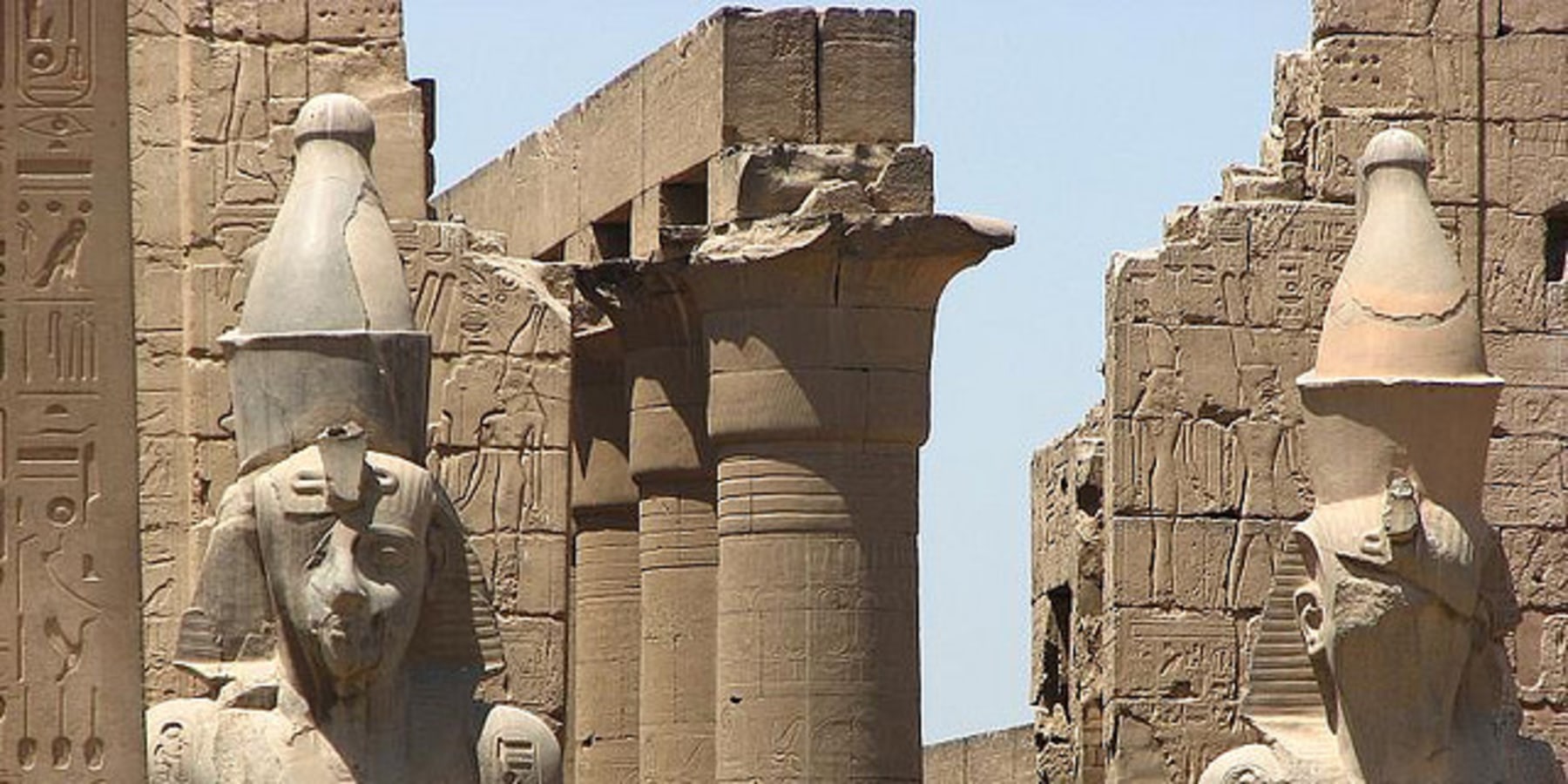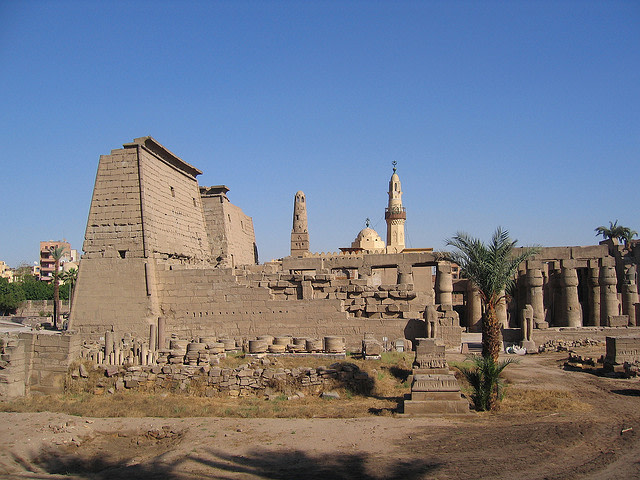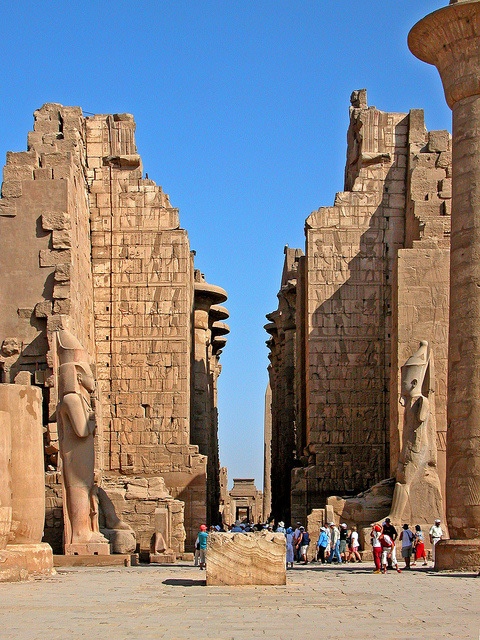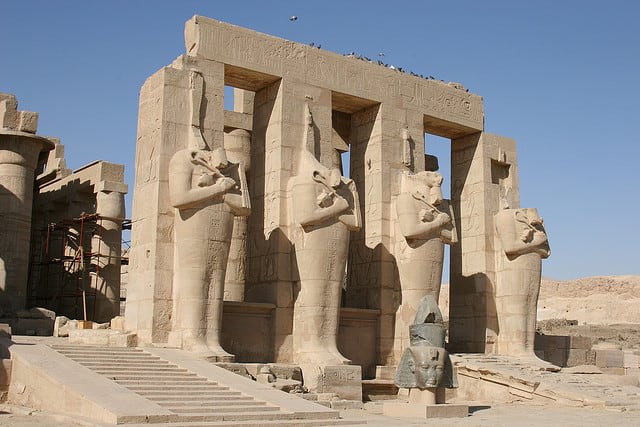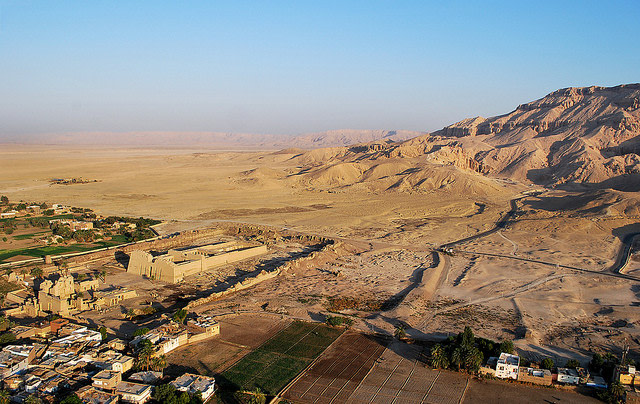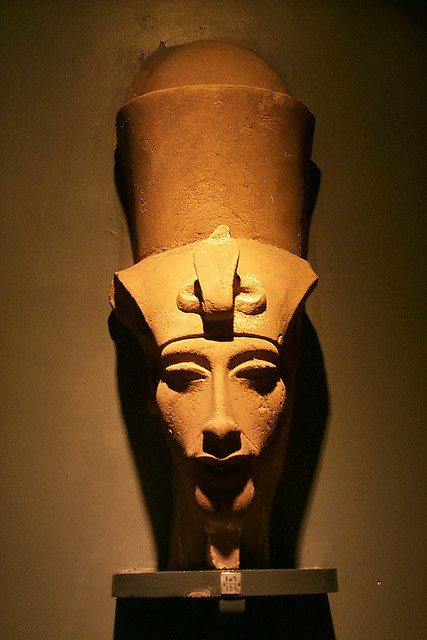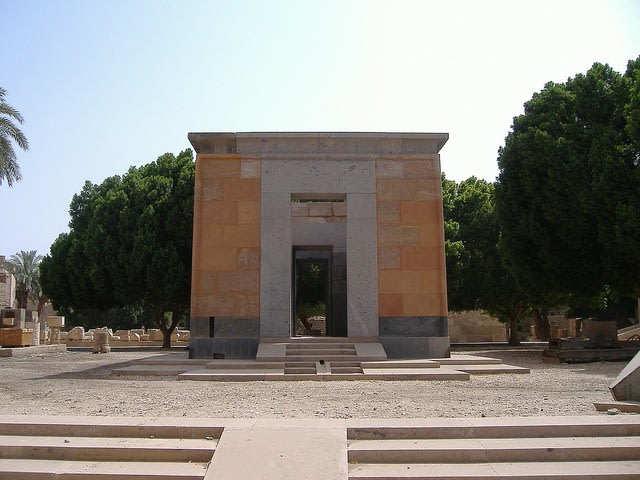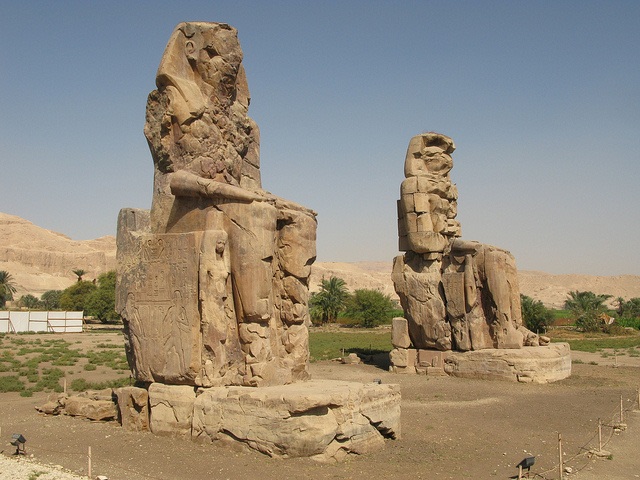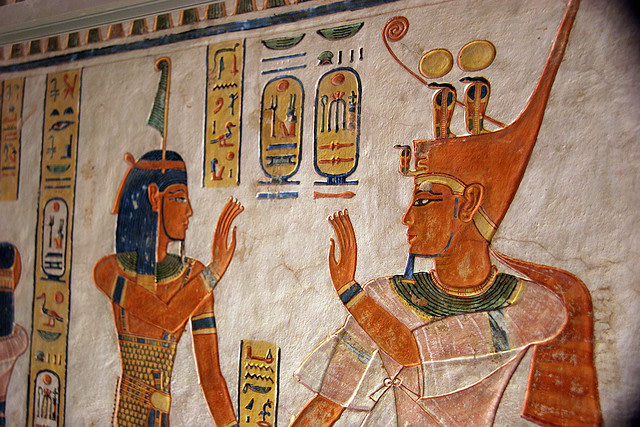| 4 mins read
Located in the Nile Valley, the ancient city of Luxor was the capital of New Kingdom and Middle Kingdom of Egypt. It hence, boasts an impressive collection of temples, royal tombs and spectacular scenery that make it a destination worth travelling across half the world for. A popular pit stop on the Nile Cruise, the best time to see the “World’s greatest Open air Museum” as Luxor is oft called, is during the winter months in the pleasant early hours of the mornings. Here is a list of the top 10 places that are an absolute must to visit once you make it to Luxor!
Luxor Temple: Located in the center of the city, the Luxor Temple was the epicenter of the most important festival of the Thebes, the Opet. The temple is a sight of beauty, be it in the morning, or late evening when the sun shines off its stones, and particularly so at night when it is illuminated with lights to create a spectacular ambiance.
Karnak: The main temple of the New Kingdom, Karnak is a massive complex featuring sphinxes, obelisks and temples, all built in gigantic scale. The light and sound show each evening is known to be one of the best in the world but Karnak is just as beautiful during the day.
Valley of the Kings: Buried here are some of the most important Pharaohs from Ancient Egypt. Featuring exquisite hieroglyphs and reliefs carved on the stones and walls, the tombs of Ramses VI and Tutankhamen are the most popular here.
Ramesseum: Although most tourists tend to leave Ramesseum out of their itinerary, it definitely deserves a visit. Made famous by Shelley's Ozymandius, the fallen Ramses II colossus lies here. Since it tends to be less crowded than other places, this is one of the few places in Luxor where you can explore at your own pace.
Medinet Habu: This immense and beautifully preserved structure was initially built for the Amun God, though later overshadowed by the funerary temple of Ramses III. The medina was inhabited as late as the 19th century before the plague wiped out the town.
Luxor Museum: The museum is home to some of the most impressive relics from the tombs and temples around the Theban Necropolis and Luxor and is worth visiting for anyone who is interested in Egyptian history.
Karnak Open Air Museum: An off-shoot of the Karnak Temple, this museum features an interesting array of reconstructed temple structures and statuary, best explained by a Luxor tour guide.
Colossi of Memnon: Featuring two magnificent statues that are located amidst cornfields and farms, the Colossi of Memnon had once been a temple that was later destroyed. All that is left are the two statues of Pharaoh Amenophis III that marked the entrance to the temple.
Valley of the Queens: The Valley of the Queens is located on the same mountain as the Valley of Kings and is the final resting place of a number of royal queens, royal children and princes. The tomb of Nefertari is also located here.
Deir el-Bahri: Dating back to 14900BC, this is the temple of Hatshepsut, Egypt's only female Pharaoh. From the outside, the temple looks impressive with its many colonnades and terraces although it is a little deteriorated from the inside.
Credits: Deir el-Bahri by Dennis Jarver CC BY-SA; Valley of the Queens by Elena Pleskevich CC BY-SA; Colossi of Memnon by prilfish CC BY; Red Chapel of Hatshepsut by HannahPethen CC BY-SA; Bust of Amenhotep IV in the Luxor Museum, Egypt by Paul Mannix CC BY; Medinet Habu du Muga by Mr. Theklan CC BY-SA; The Ramesseum by Chris Brown CC BY; Valley of the Kings by Supermac1961 CC BY; Luxor Temple in the sand by Bernt Rostad CC BY; Luxor Temple by reibai CC BY;

